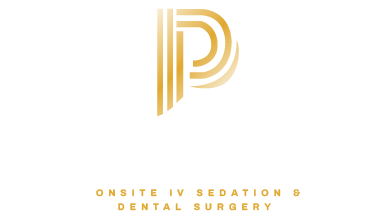Serving Sugar Land, TX, & Surrounding Areas
Questions & Answers to Tooth Extraction & IV Dental Sedation Services
Tooth Extraction/Wisdom Teeth Extraction Q&A
Question: Does tooth extraction hurt?
Answer: While you may feel some pressure and discomfort during the procedure, your dentist or oral surgeon will ensure you're properly numbed with local anesthesia. You may experience some soreness and swelling after the extraction, but pain medication prescribed by your dentist can help manage any discomfort.
Question: How long does it take to recover from a tooth extraction?
Answer: Recovery time can vary depending on the complexity of the extraction and individual healing abilities. Generally, most people recover within a few days to a week. Following post-operative instructions, such as avoiding strenuous activity and sticking to soft foods, can help expedite the healing process.
Question: Are there any risks or complications associated with tooth extraction?
Answer: While tooth extraction is a common and generally safe procedure, there are some risks involved, such as infection, excessive bleeding, and nerve damage. However, these complications are rare, especially when the procedure is performed by a skilled professional following proper protocols.
Question: Do I need to have my wisdom teeth removed?
Answer: Wisdom teeth, also known as third molars, often require removal if they are impacted, causing pain, infection, or crowding of surrounding teeth. However, not everyone needs their wisdom teeth removed. Your dentist or oral surgeon can assess your specific situation through examination and X-rays to determine if extraction is necessary.
Question: How can I prepare for a tooth extraction?
Answer: Before your extraction appointment, your dentist or oral surgeon will provide you with specific instructions. Generally, you'll be advised to avoid eating or drinking for a certain period before the procedure if you'll be receiving sedation. It's also important to arrange for someone to drive you home afterward if you'll be under sedation. Additionally, make sure to inform your dentist about any medications you're taking and follow any pre-operative guidelines provided.
Dental IV Sedation Q&A
Question: What is dental sedation?
Answer: Dental sedation involves the use of medication to help patients relax and remain calm during dental procedures. It can range from mild sedation (such as nitrous oxide, or "laughing gas") to moderate sedation (such as oral sedatives) or deep sedation (such as intravenous sedation) depending on the patient's needs and the complexity of the procedure.
Question: Is dental sedation safe?
Answer: When administered by trained dental professionals and monitored closely throughout the procedure, dental sedation is generally safe. However, like any medical intervention, there are risks involved, such as respiratory depression or allergic reactions. Your dentist will assess your medical history and determine the most suitable type of sedation for you, taking necessary precautions to ensure your safety.
Question: Will I be unconscious during dental sedation?
Answer: The level of consciousness during dental sedation varies depending on the type of sedation used. With mild sedation methods like nitrous oxide, you remain conscious and able to respond to instructions throughout the procedure. With deeper sedation techniques such as intravenous sedation, you may drift into a state of deep relaxation or partial unconsciousness, but you can still be easily awakened.
Question: Can anyone receive dental sedation?
Answer: While dental sedation is generally safe for most patients, not everyone is a suitable candidate. Your dentist will consider factors such as your medical history, current medications, and overall health before recommending sedation. Certain medical conditions or allergies may contraindicate the use of specific sedatives. It's important to discuss your concerns and medical history with your dentist to determine the safest and most effective sedation option for you.
Didn’t find what you needed? Contact Dr. Pham today to learn more at 713-530-6827.
CONTACT INFORMATION
PHONE: 713-530-6827
EMAIL: ppham.dds@gmail.com
Serving Houston, TX, & Surrounding Areas


